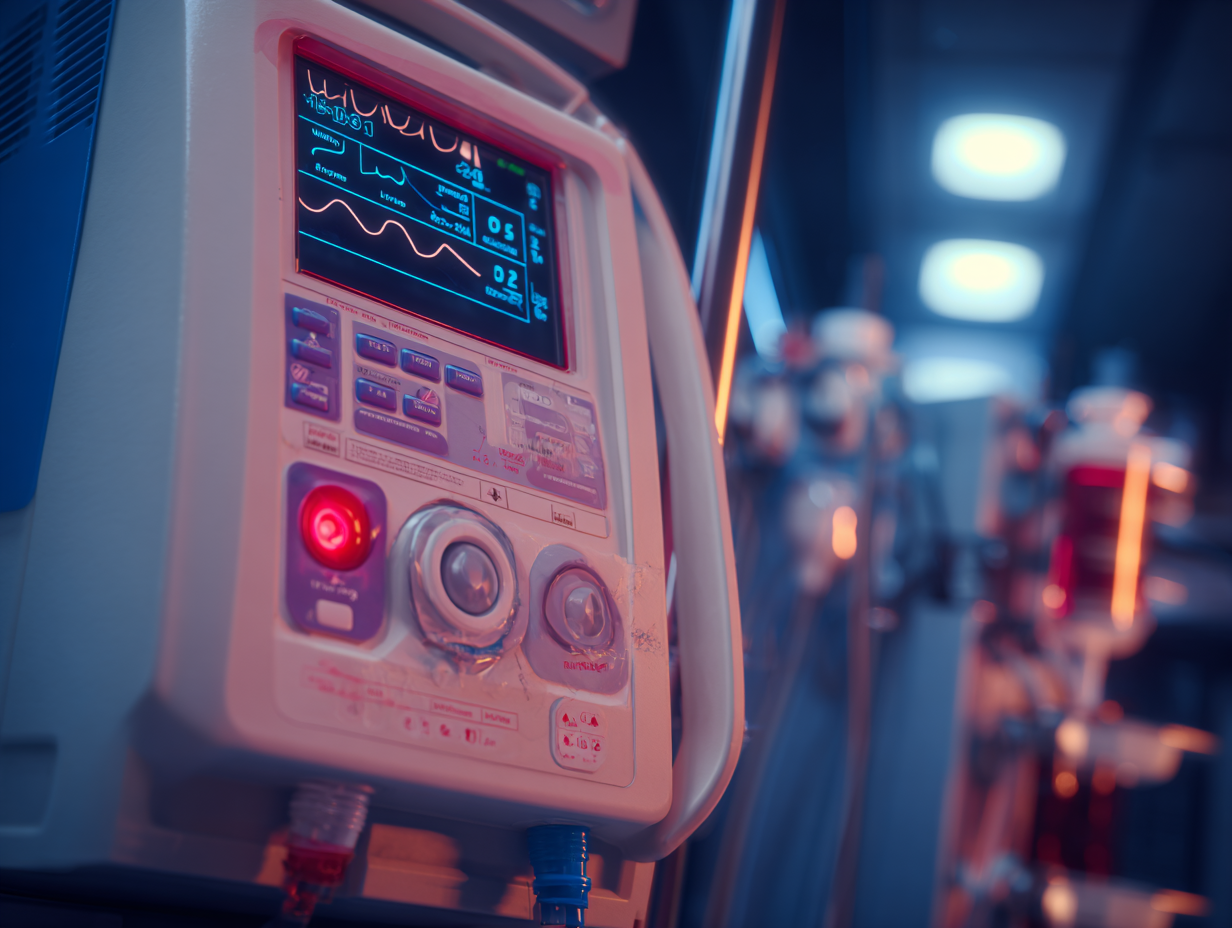In the world of emergency and critical care medicine, life-saving technologies continuously evolve and adapt to meet new challenges. A pivotal moment came in the mid-20th century with the development of cardiopulmonary bypass (CPB), a groundbreaking innovation that allowed surgeons to temporarily divert blood away from the heart and lungs. This enabled them to perform intricate surgeries that were previously impossible, such as complex heart valve repairs and corrections of congenital defects.
From its origins in the operating room, this extracorporeal technology has expanded in application to support patients with severe heart and lung conditions not requiring surgery. ECMO (Extracorporeal Membrane Oxygenation) and ECPR (Extracorporeal Cardiopulmonary Resuscitation) represent adaptations of this technology. Although the terms are sometimes used interchangeably, their applications differ significantly: ECMO is often applied to patients requiring prolonged support, maintaining vital organ function over periods of days to months, whereas ECPR is the near immediate response to cardiac arrest, used to stabilize patients and restore blood flow. Understanding these distinctions is key to appreciating their respective impacts on patient care.
What is ECMO?
ECMO is a sophisticated therapy in which blood is pulled from the body, oxygenated externally in an artificial lung, and then returned to the patient on a continuous basis. This therapy essentially acts as a substitute for the patient’s heart and/or lungs, providing critical support when these organs are failing or need rest due to severe illness or injury. Similar to how a patient is described as being ‘on dialysis,’ a patient receiving this therapy is said to be ‘on ECMO,’ indicating the ongoing nature of their care.
ECMO is predominantly utilized in intensive care settings for sustained support when conventional treatments are inadequate. It is employed across a range of critical conditions—from aiding individuals with chronic cardiac failure awaiting transplants to providing shorter-term assistance for those suffering from respiratory ailments such as ARDS (Acute Respiratory Distress Syndrome).
By acting as a bridge to recovery, ECMO supports the function of the heart and/or lungs for extended periods, allowing these vital organs the time they need to recover or keeping the patient stable until more definitive treatments, such as organ transplant, can occur. ECMO is also vital in neonatal and pediatric care, offering indispensable support for conditions like congenital diaphragmatic hernia or respiratory failure, where sustained respiratory support is crucial for survival.
What is ECPR?
ECPR, however, is an advanced form of traditional CPR. Traditional CPR involves chest compressions, breathing support, medications, and sometimes defibrillation, while ECPR additionally integrates the use of ECMO during resuscitative efforts. This provides oxygen-rich blood to the brain and vital organs during the continued efforts to restart the heart.
ECPR is specifically employed in emergency situations where traditional CPR alone is ineffective, typically in the cases of sudden cardiac arrest or massive pulmonary embolism. This approach is most effective in scenarios where the cardiac arrest has a reversible underlying cause, offering a high likelihood of restoring cardiac function if intervention is prompt and appropriate.
In terms of terminology, it is accurate to say a patient ‘received ECPR’ during an acute cardiac event. This reflects the immediate and episodic use of ECPR, unlike the ongoing treatment implied by being ‘on ECMO.’ If the patient survives and requires further circulatory or respiratory support following the emergency, the terminology shifts to the patient being ‘on ECMO,’ indicating a shift from acute cardiac emergency intervention to sustained support.
Improved Survival with ECMO and ECPR
Both ECMO and ECPR offer significant advancements over traditional treatments, consistently demonstrating improved survival rates. ECMO, in particular, provides a critical edge in treating severe cardiac and respiratory failure. For patients with conditions like ARDS, conventional treatments, such as mechanical ventilation, often prove insufficient because the lungs are so severely damaged that simply pumping air into them from a ventilator does not effectively facilitate the exchange of oxygen and carbon dioxide. Moreover, mechanical ventilation itself can cause injury to the lungs whereas patients on ECMO do not need to be on a ventilator. In these cases, ECMO steps in to fully assume the function of the lungs, allowing them to rest and heal, which is crucial for recovery. These improved survival rates are seen in studies such as the CESAR trial, in which patients who received ECMO had a higher survival rate (63%) compared to the control group who received conventional management (47%).
ECPR, too, is proving to be significantly more effective at saving lives than traditional CPR. In cases of cardiac arrests that occur outside of hospitals, typically, only about 8.5% of patients survive. However, when ECPR is used, this survival rate jumps dramatically to 30%. That’s more than triple the chances to survive and recover fully. These remarkable statistics are driving the broader adoption of ECPR, with more medical professionals and emergency response teams likely to implement this life-saving technique moving forward.
ECMO and ECPR: Tomorrow’s Treatment Today
In summary, both ECPR and ECMO use the same advanced technology, but their applications in patient care differ significantly. ECMO provides prolonged respiratory and cardiac support, often over days to weeks, while ECPR is a critical, immediate intervention used during cardiac arrests. Both techniques are crucial in their respective settings, enhancing the capacity of medical teams to save lives and improve patient outcomes. Additionally, both ECMO and ECPR show a substantial advancement over conventional management, offering not only improved chances of survival but also enhanced quality of life for those facing severe medical crises. Ultimately, the ongoing development and application of these therapies underscore a commitment to saving lives through innovation.




